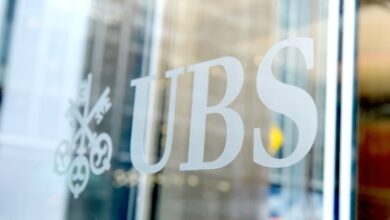SI Re grows ILS investments to EUR 84.5m, with “pleasing returns” in 2024

Signal Iduna Reinsurance Ltd. (SI Re), the Swiss based reinsurance company that invests in insurance-linked securities (ILS) for their diversification and return effects, has grown its ILS portfolio to EUR 84.5 million in 2024 and cited “pleasing returns” for the year.
The ILS portfolio grew by 15.5% from EUR 73.1 million to EUR 84.5 million over the course of the year.
Dr. Klaus Sticker, Chairman of the SI Re Board of Directors, and Bertrand Wollner, Chief Executive Officer of the reinsurance company, said that the reinsurer achieved “pleasing returns on ILS investments” during the calendar year.
Commenting on the benefits to the company of investing in ILS, SI Re reported, “Apart from the diversification effect of our ILS portfolio on our insurance risks, it generated more than 30% of our gross investment return.”
SI Re highlighted that the risk-free return on collateral rose in 2024 to an average of 5.3%, compared to the prior year, on top of which the spread earned on ILS investments averaged 6.3%.
As a result of which, “The ILS portfolio thus achieved current income of EUR 8.4 million,” while, “Valuation adjustments and realised losses remained at the prior-year level of EUR 1.1 million.”
The addition of ILS investments drove a welcome additional source of income for SI Re in 2024, while offering a way to diversify into peak zone catastrophe risks at the same time.
The reinsurance company also commented on market conditions, saying, “The insurance industry recovery is continuing despite high natural catastrophe losses. Improved underwriting profitability, higher investment returns plus the pleasing development of the alternative capital market enabled available reinsurance capital to grow to USD 607 billion over the year, a rise of 7 % in traditional and in alternative capital over the previous year.
“Demand for reinsurance capacity remained high in the face of persistent uncertainty. The market turned during the year due to the increased capacity. At the same time, the industry proved it had learned from past experiences. A significant share of natural catastrophe losses remained within insurers’ retentions. Reinsurers were also able to pass on harder conditions to their clients, who responded with improved risk management. Meanwhile, reinsurers focused on programmes with lower probabilities of occurrence.”


